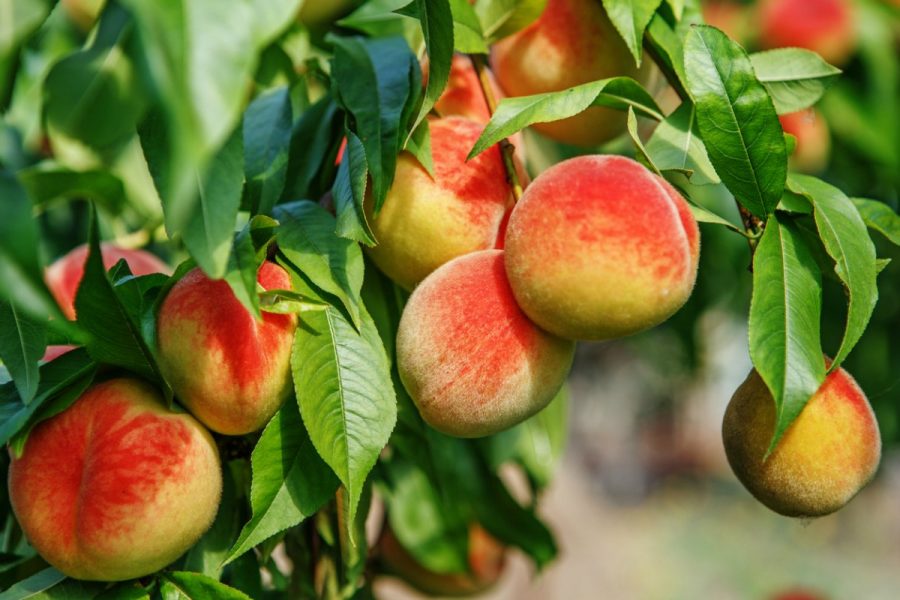Carrots (Daucus carota) also apparently derive from the region of Persia and were widely grown in Roman and Visigothic Spain. They were extremely popular in al-Ándalus.
Basil (Ocimum basilicum), cumin (Cumimum cymimum) , sesame (Sesamum indicum) and coriander (Coriandrum sativum) are some of the aromatic seeds and herbs which had been known for centuries and were originally from Asia Minor and the Near East, but became consolidated during the period of al-Ándalus, as essential culinary spices.
Quince (Cydomia oblonga) was originally from Persia and Asia Minor and grew throughout the Mediterranean basin. It was previously known, but was grown intensively in al-Ándalus as of the 10th century.
Date palms (Phoenix datylifera), introduced in pre-Roman times to the Iberian Mediterranean seaboard, were intensively cultivated in al-Ándalus from the 8th century onward, from dates and trees brought from Yemen, Oman and Bahrain through Egypt and Syria.
Pomegranate (Punica granatum), from Kurdistan and widely cultivated in Syria, were brought to al-Ándalus during the 8th century by the envoys of Emir Abderraman I.
Peaches (Prunus persica) were known in Roman Hispania and originally came from China. They reached al-Ándalus through Persia and became common in Cordoba from the 10th century.
This post is available in: English Español

